table of contents:
Creating strong leather pieces isn't usually possible with a home sewing machine. If the leather sewing machine you're using isn't powerful enough, it may fail after the first few layers.
For this type of project, opt for a leather sewing machine . Choosing the right one isn't something you can improvise, with its triple feed, specialized needles, and meticulous settings. We'll explain how to avoid technical pitfalls, select the right model for your projects, and master the pro tips for flawless stitching, even on stiff leather.
Which machine should I choose for sewing leather?
Choosing the right leather sewing machine is essential for achieving strong and precise seams on this demanding material. Between power, stitch type, and robustness, several technical criteria should guide your choice. Discover in this article the essentials you need to know to properly equip yourself, as well as a selection of leading brands favored by leather sewing professionals.
The essential technical criteria
The secret to successful leather sewing lies in the triple feed system . This system uses the feed dogs, presser foot, and needle to guide each layer of material without slipping. Essential when working with thicknesses greater than 3 mm, it prevents slippage that can cause creases in the pieces.
To choose between industrial and domestic models, here are the key differences:
- Industrial machine prices: 3 to 10 times higher than domestic ones
- Motor power : 750W versus 70W for family models
- Maximum thickness : up to 20 mm with triple feed on professional machines
- Suitable projects : intensive leather goods vs. occasional small accessories
Ergonomics should not be overlooked, as a free arm and a stable work table are game changers when it comes to handling large parts.
Be careful, a leather sewing machine that's too light or standard can quickly show its limitations as soon as you go beyond 4 layers of average leather. For thick belts or boot reinforcements, it's better to opt for reinforced models like the JUKI HZL-DX7 , which can handle up to 8 mm without flinching. In addition to this model, you can find other powerful sewing machines for taming leather in our shop.

Top must-have brands
Antique leather sewing machines still appeal to craftsmen for their renowned robustness. Among their strengths are the forged steel parts that can be found second-hand on specialized platforms.
Janome is a staple in professional workshops with its indestructible motors. Its Sewist 780DC can handle stiff leathers like velvet, especially when equipped with its metal guides and custom-made presser feet.
If you are looking for a leather sewing machine on a tight budget, opt for alternatives, such as the ELNA experience 560 , which surprise with their durability.
Key Settings and Accessories
To successfully create leatherwork, mastering the settings and having the right accessories is as crucial as choosing the right leather sewing machine . Thread tension, needle type, presser foot: every detail counts for flawless stitching. In this article, discover the ideal setup for each project and the essentials to have in your toolkit for working leather with precision and efficiency.
Optimal configuration for each project
The thread tension on a leather sewing machine is adjusted by feel, depending on the thickness of the material. Before you start, always test it on a scrap. In this case, if the thread breaks or loops, turn the dial in small quarter turns. For soft leathers, aim for a stitch length of 3 mm to avoid tearing. On the other hand, go to 4 mm for stiff leathers like soles to maintain strength.
Even if some mini sewing machines can be enough for finishing or very fine leathers, as soon as you tackle thick assemblies , it is better to equip yourself with a specialized and well-adjusted machine.
Here is a checklist of essential settings before starting:
- Specialized needles : check size and point suitable for the type of leather
- Thread tension : test on scraps with different thicknesses
- Presser foot : choose a Teflon or roller model
- Claw alignment : check the drive synchronism
- Lubrication : oil moving parts regularly
For thick seams, even with a leather sewing machine , the pro tip is to use repositionable double-sided tape. It holds the pieces together while sewing without damaging the leather. Also, remember to slightly offset successive seams to distribute stress points.

Must-have in the toolkit
The 18K-134R needles are a must-have for any leather sewing machine due to their sharp, clean point. They are available for quick ordering on Schmetz models from Verotex.
Change them every 8 to 10 hours of use, as a blunt tip will tear the fibers. As for threads, waxed polyester No. 20 holds up well on bags and belts. Verotex also offers a wide selection of sewing threads .
The Teflon foot becomes your best ally against snagging. Compatible with most recent machines, it glides like clockwork, even on oily leather. Combined with the guide roller, it guarantees perfect hems, especially when used on a well-maintained leather sewing machine .
Finally, never neglect the maintenance of your machine . A basic kit contains silicone oil, a stiff-bristled brush, and an Allen key. Clean the lint after each session and grease the axles monthly. Your machine will repay you a hundredfold in longevity.
Professional techniques for impeccable results
Sewing leather requires more than just a leather sewing machine : it's a precise skill where every touch counts. From mastering the basics of saddle stitching to often-overlooked workshop tips and common mistakes to avoid, discover in this article the professional techniques that guarantee impeccable and durable finishes, worthy of the greatest leather craftsmen.
Master the basics of saddle sewing
Start with clean, slightly damp leather, which makes piercing easier, even with a leather sewing machine . Trace your marks with a silver compass, especially for complex joints.
The most effective trick remains the double-needle saddle stitch , where each pass creates an unbreakable knot in the thickness of the leather. This method strengthens belts subject to daily stresses. It perfectly complements seams made with an industrial sewing machine . It also allows for a balance between mechanical strength and artisanal finish.
On sharp corners, use the overlapping technique, which involves slightly offsetting the stitches to avoid unsightly bulges. For tight curves like shoe soles, use a rotary guide wheel that naturally follows the shape.
The secret to invisible finishes is a fine awl and matching thread. Slide it between the two layers of leather before gluing, then smooth it with a stitching hammer . Major leather goods brands use this trick for their high-end pieces.

Little-known workshop tips
To easily tame a leather sewing machine , use double-sided tape. Simply temporarily affix it to the excess thickness to maintain alignment while sewing. Once the stitches are finished, remove it with a flick of the wrist and you'll have a clean, residue-free result, even on a leather sewing machine.
You can also counteract thickness variations with a clever adjustment. This involves slightly lowering the thread tension when tackling a raised seam . This small, temporary adjustment prevents tears without compromising overall strength, especially on a leather sewing machine, which often faces the strain of these demanding details.
Additionally, you can turn your scraps into a strategic asset. Cut triangular reinforcements to strengthen bag corners or create unique piping with narrow strips. Even the smallest pieces can be used to test the settings on your sewing machine.
If you dare to add a touch of color, add character to your utilitarian pieces with contrasting threads. Choose matte shades for a subtle effect or pearlescent ones for a fashionable touch. Our sewing workshops can teach you several tips for sewing leather like a pro .
Common mistakes to avoid
Above all, don't get carried away when working with a leather sewing machine . Excessive speed causes stitches to skip and needles to twist. It's best to take it easy, especially on thick leathers. If your machine vibrates too much, that's a good signal to slow down.
An unsuitable needle can turn your beautiful leather into a sieve. Always check the size and type of point before you begin. The 18K-134R models remain the benchmark for making sure you don't miss your target.
Rough alignment of parts guarantees endless adjustments. To avoid this, use precision clamps or repositionable glue that secures the part to the nearest millimeter.
One last golden tip : always test on scraps before diving in. This basic precaution will save you 90% of disappointments, especially when you change leather type or thread. To ensure stress-free success with your projects, make sure your leather sewing machine is well-maintained, with precise settings adapted to each thickness.
Moreover, if you are a beginner or if you are wondering which sewing machine to choose for thick fabrics , take the time to compare the models designed specifically for these demanding materials.

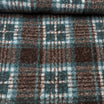

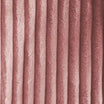

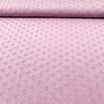
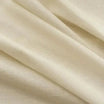
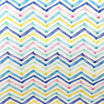
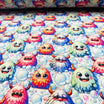


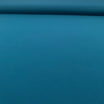
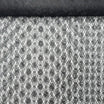
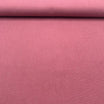
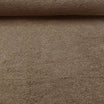

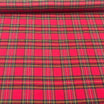
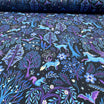
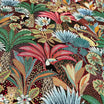

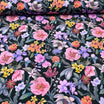
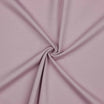
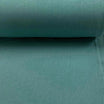
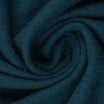
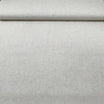
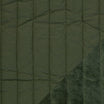
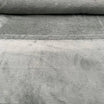
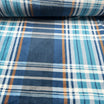

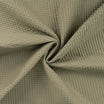





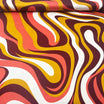


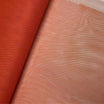

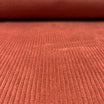
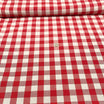
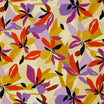
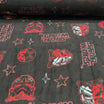
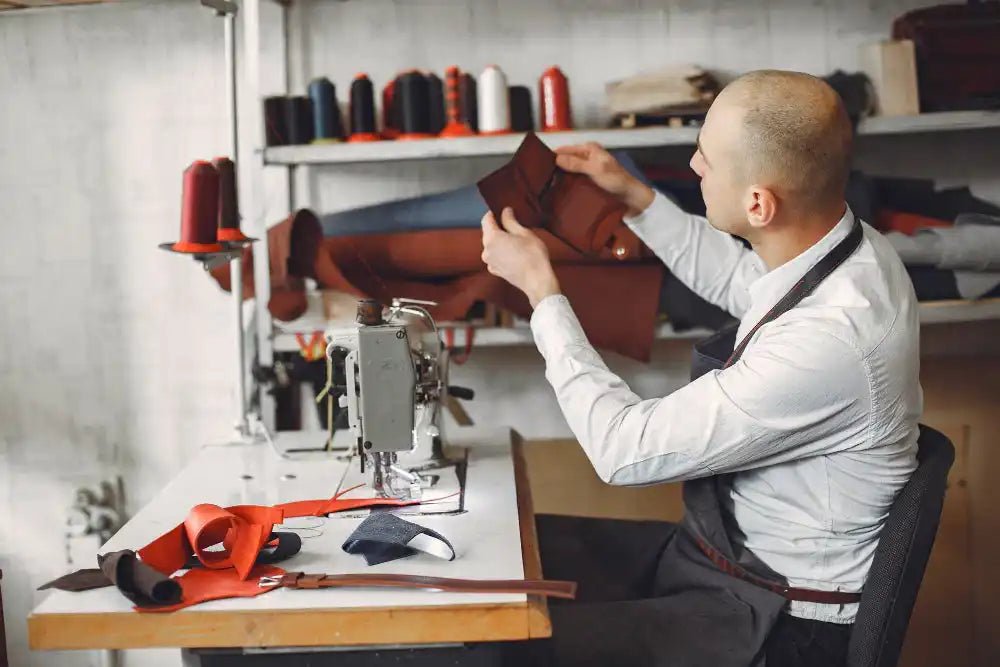
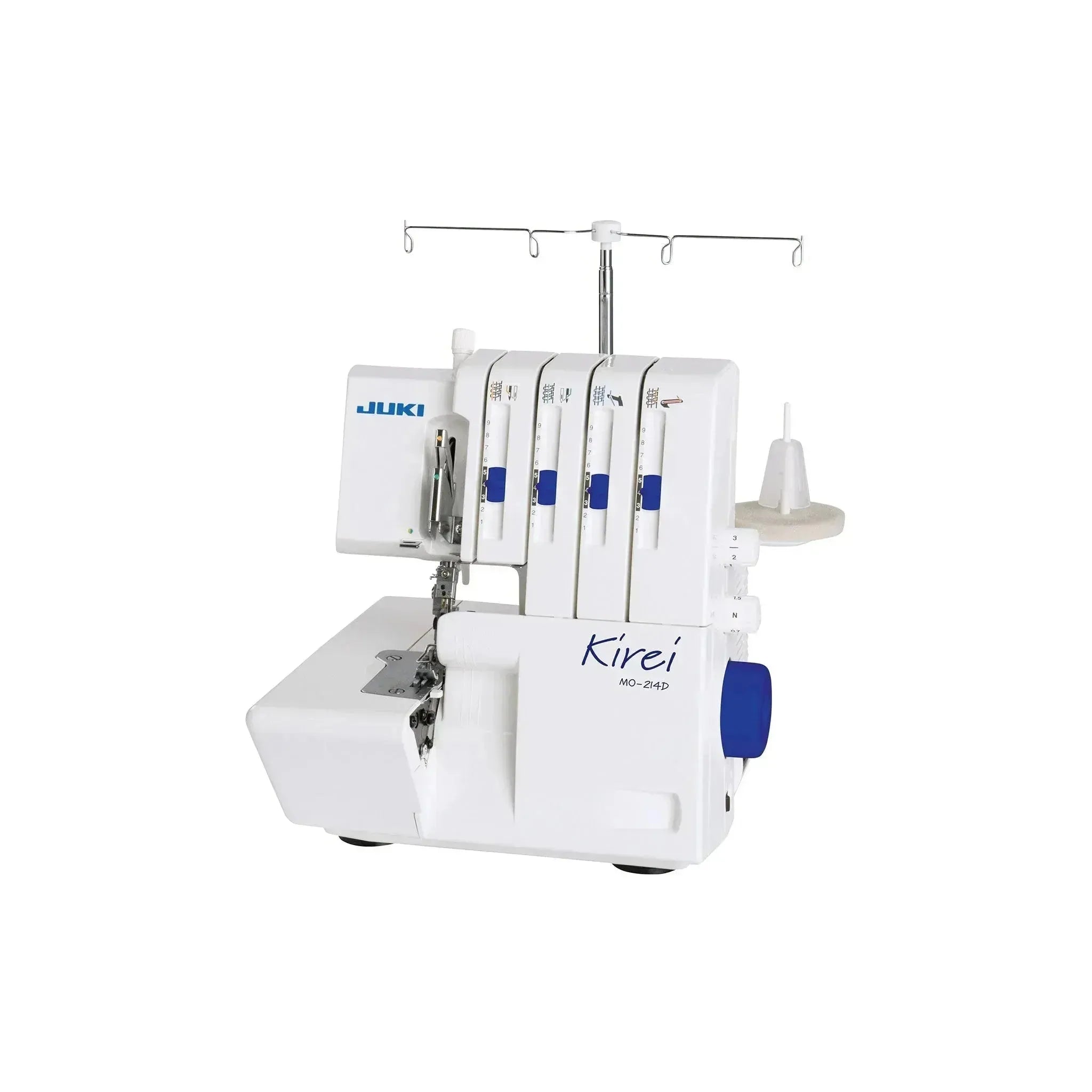
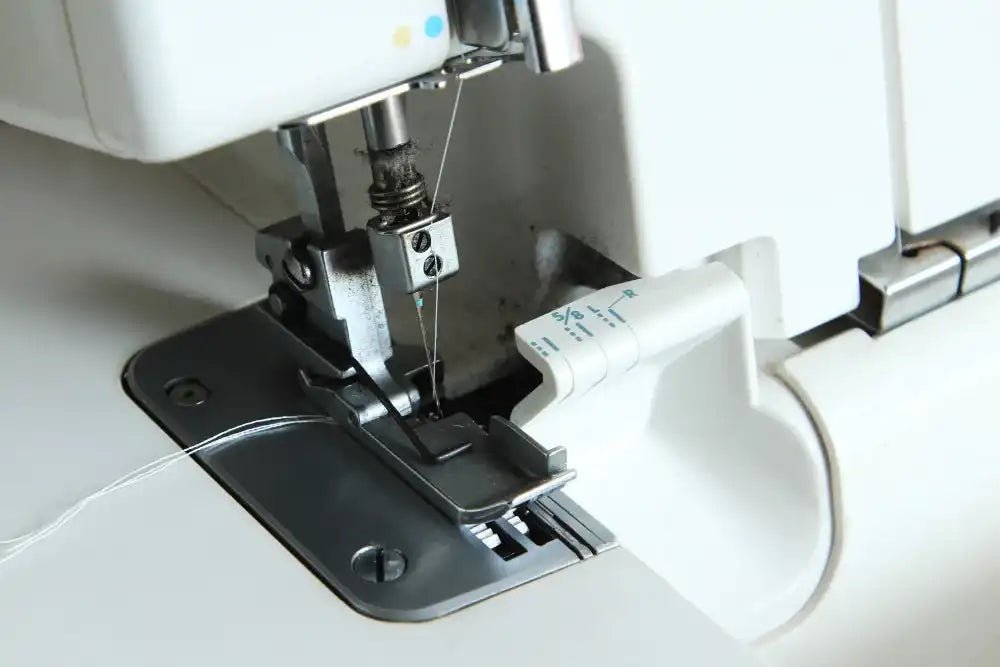
Leave a comment
All comments are moderated before being published.
This site is protected by hCaptcha and the hCaptcha Privacy Policy and Terms of Service apply.